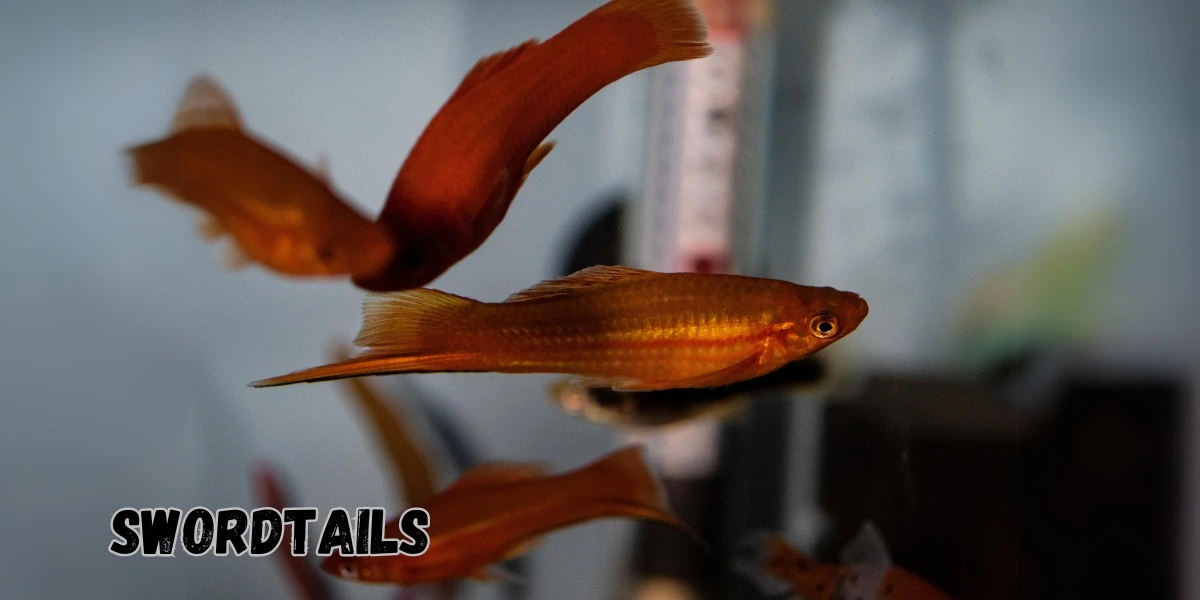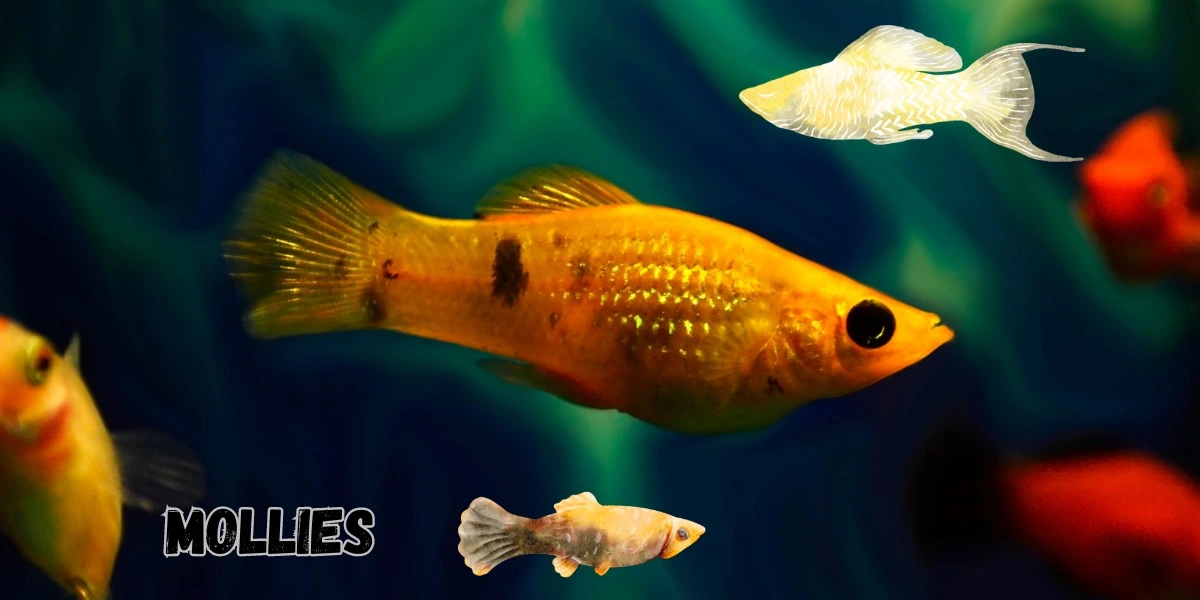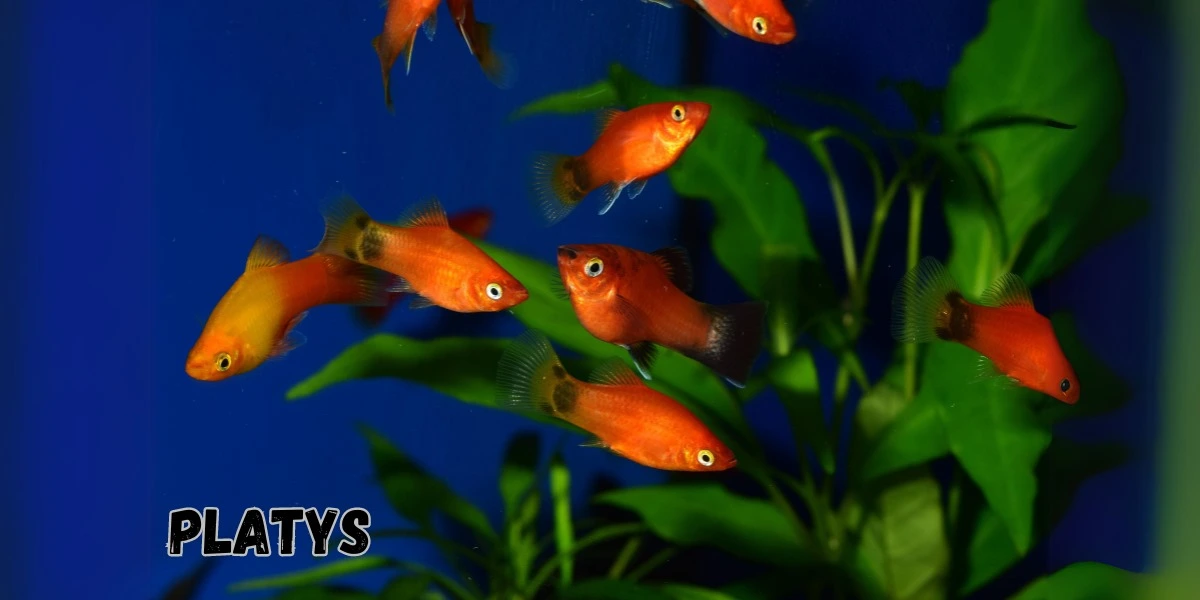Breeding guppies, along with other popular livebearers like mollies, platys, and swordtails, is a great place to start for new aquarium hobbyists. These fish are hardy, breed easily, and don’t require much experience or special conditions. The most fascinating part is that livebearer fry are born fully formed and able to swim right after birth. However, it’s important to provide hiding spots for the fry, as the parents or other fish in the tank may try to eat them immediately after birth.
Why Livebearers are Ideal for Beginners
Many hobbyists first experience breeding through livebearers because these fish can reproduce without any intervention. As long as the water conditions are right, and the fish are well-fed, breeding happens naturally. Depending on factors such as water temperature, food quality, and the fish’s health, livebearers can give birth to fry every four to eight weeks.
Related reading: Signs of a Guppy in Labor
Selecting Fish for Breeding
When choosing fish for breeding, consider the fish’s color, body shape, and fin type. If you breed two fish with similar colors or fin shapes, their fry will inherit those traits. For example, breeding two brightly colored guppies with long, flowing tails will likely result in fry with those same characteristics.

It’s also essential to maintain a healthy balance between males and females. A good rule of thumb is to have one male for every three or more females. If there are too few females, the male may constantly chase and harass them, causing stress. Stressed fish are more susceptible to diseases, and their immune systems can weaken. A 1:3 ratio ensures the females have some relief from the male’s attention.

Tank Setup for Breeding
There are two main ways to set up your tank for breeding: a selective breeding tank or a community tank.
Selective Breeding Tank
Selective breeding allows you to control the appearance and traits of the fry. This method involves carefully choosing the parent fish based on specific characteristics, such as color, size, or fin shape. However, to avoid unwanted cross-breeding, selective breeding requires a separate tank dedicated solely to the breeding pair.
- Tank Size: A small breeding tank (around 5-10 gallons) is ideal for selective breeding. Make sure the tank has plants or decorations for hiding spots.
- Water Conditions: The water temperature should be between 75-79°F (24-26°C), and the pH level should be between 5.5-8.5. These are ideal conditions for breeding livebearers.
Community Breeding Tank
Breeding livebearers in a community tank is less controlled, but it can lead to exciting and unexpected results. The fry’s appearance might be a surprise mix of traits from different parents. However, you won’t have full control over how the fry will look or what traits they will inherit.
One of the challenges of breeding in a community tank is that other adult fish may eat the fry. It’s crucial to provide plenty of hiding spots, such as plants and decorations, for the fry to escape. Using a breeding box in the community tank can also help protect the fry from adult fish.
The Breeding Process
Guppies, mollies, platys, and swordtails are all livebearers, meaning they give birth to live young instead of laying eggs. Breeding these fish is relatively straightforward, and they often breed without needing any special setup. Here are some important things to remember:
- Water Temperature and Conditions: The ideal water temperature for breeding is 75-79°F (24-26°C). Keep the pH level between 5.5-8.5. Clean water and stable conditions are essential for healthy breeding.
- Female Guppies Can Store Sperm: Female guppies can store sperm for up to three months after mating. This means they can become pregnant multiple times from a single mating session. Keep this in mind if you are trying to control the breeding process.
How to Tell if a Female Guppy or Livebearer is Pregnant
When a female guppy or other livebearer is pregnant, her belly will become large and rounded. You’ll also notice a dark patch near the back of her belly, known as the “gravid spot.” As the birth date approaches, this spot becomes larger and darker. Depending on the fish’s size and age, she can give birth to anywhere between 20-200 fry at a time.
Be careful not to stress out a pregnant fish, as stress can lead to premature birth or miscarriage. Premature fry often do not survive.
Preparing the Tank for Fry
Once the fry are born, they are highly vulnerable to being eaten by adult fish, including their own parents. To increase their chances of survival, it’s important to provide plenty of hiding spots.
- Live Plants: Plants like Java Moss, Duckweed, Hornwort, and Watersprite are excellent options. These plants have dense leaves that fry can hide in, and they also provide a source of food for the fry in the form of algae.
- Plastic Plants and Decorations: If you prefer not to use live plants, plastic plants can also create good hiding spots. You can also pile up rocks or use aquarium decorations to create small spaces where the fry can hide but the adult fish cannot enter.
Important Note: Use a Sponge Filter
When expecting fry, it’s essential to use an air-pump sponge filter in the tank. Strong filters can injure fry, as they are not strong swimmers. A sponge filter provides gentle filtration without putting the fry at risk.
Using a Breeding Box
An alternative to providing hiding spots is to use a breeding box. A breeding box isolates the fry from the mother as soon as they are born. This method gives the fry the highest chance of survival, as the mother cannot eat them. If you choose to use a breeding box, place the pregnant female in the box about a week before she is due to give birth.
Raising the Fry
Once the fry are born, they will immediately start looking for food. It’s important to feed them nutritious food in small quantities.
- Food for Fry: Brine shrimp hatchlings, liquid fry food, and finely ground fish flakes are good options. Feed the fry small amounts several times a day. Remove any uneaten food after 15 minutes to prevent the water from becoming polluted.
- Live Food: Live food is especially beneficial for fry, as it provides more nutrients and encourages natural hunting behavior. Feeding live food once a week helps the fry grow strong and healthy.
- Vegetables: Since guppies and other livebearers are omnivores, you can also introduce finely chopped vegetables into their diet for added nutrition.
Feeding the fry multiple times a day can help them grow faster. If you want to speed up their growth, you can feed them up to six times a day.
Juvenile Fish Tank Setup
As the fry grow, they will need clean water and a safe environment to thrive. Regular water changes are crucial to maintain good water quality. You can add water from the main tank into the fry’s tank to help them acclimate to the conditions of their future home.

By the time the fry are 4-6 weeks old, they should be large enough to return to the main tank, as long as they are bigger than the mouths of the adult fish. If you cannot set up a separate tank for the fry, you can use tank separators or drop-in breeders to keep the fry safe while they grow.
Conclusion
Breeding guppies, mollies, platys, and swordtails is a rewarding and enjoyable experience for both beginners and experienced aquarium hobbyists. With the right setup, care, and attention, you can successfully breed these popular livebearers and watch your fry grow into healthy adults. The process is simple, fun, and doesn’t require much experience once you get the basics of feeding, water changes, and tank maintenance down.
